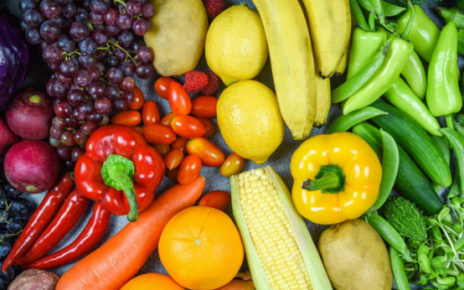Vitamin K is a well-known vitamin among the general public but most do not know there are two complementary forms of it and their important roles in your body. Maybe K1 and K2 can unlock the secret to great bone health, heart function and wellbeing?
Blood clotting is managed mainly by vitamin K1, which we also refer to as phylloquinone. K1 calls in proteins that ensure your blood, when you cut yourself for an example, clots the way it’s supposed to because we don’t want to bleed out. Around 90% of the vitamin K in a typical Western diet is this form.
Food sources with loads of K1 are leafy greens, for example spinach, kale and brussels sprouts. K1 can be stored in reasonable amounts, which your liver will keep on hand and whisk away when you need to clot something. It only converts a small percentage to the more bioavailable K2 form.
Vitamin K2: The Calcium Director
Menaquinone = Vitamin K2 has a completely different job. It acts as a calcium traffic cop in your body, by sorting it for delivery to the place wherever this critical mineral is most necessary like teeth and bone.
Two important proteins that K2 activates are osteocalcin, which binds calcium to bones and matrix GLA protein which prevents calcium from depositing in arteries. This two-fold mechanism of action is consistent with the association between K2 and both bone strength and cardiovascular health, respectively.
Where to Find Each Type
K1 is found in significant amounts in dark leafy greens, broccoli and cabbage, green beans, as well as herbs like parsley. More than 800 micrograms can be offered with just one cup of cooked spinach. Safest sources: natto (soybeans fermented with Bacillus subtilis), aged cheeses, sauerkraut and kefir. Grass fed animal foods such as butter, the yolks of eggs and organ meats also contain K2 but to a lesser extent. For a Vitamin K2 Supplement, visit https://www.vitortho.co.uk/supplements/categories/a-z-all-supplements/vitamin-k2-200mcg-mk7/
Why You Need Both
Because your body cannot easily convert K1 to K2 we need sources of both in the diet. Although K2 deficiency is common in the US and other Western countries that lack fermented foods, grass-fed animal products are one of its few dietary sources.
While K2 deficiency leads to easy bruising, poor dental health and perhaps increased risk of osteoporosis and heart disease over the long term.
The Bottom Line
You should have both K1 and K2 for your body to function efficiently. Load up on leafy greens for K1 and add fermented foods, aged cheeses or grass-fed meat sources to your diet in order to get enough of the other menaquinone. If you are worried about your bones or heart, this is another strong argument for supplementation of K2 if dietary sources just aren’t a possibility.


